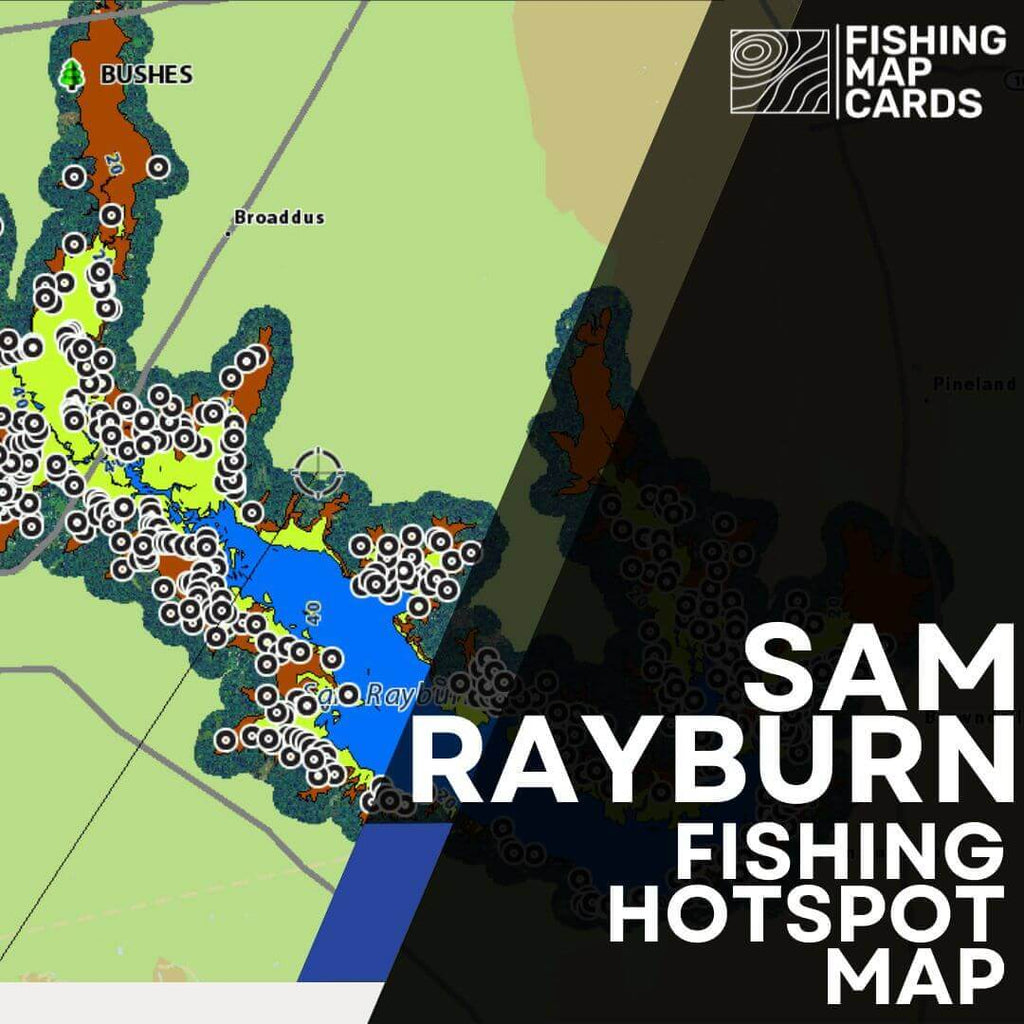Sam Rayburn Post Spawn Bass - Adapting to Low Water Levels!
Thriving During Low Water Conditions: Advanced Strategies for Bass Fishing on Sam Rayburn Reservoir
Sam Rayburn Reservoir, nestled in the heart of East Texas, has long been revered as one of the premier bass fishing destinations in the United States. Its vast waters, abundant bass population, and varied structure make it a paradise for anglers seeking the thrill of the catch. However, the reservoir’s dynamic nature, especially during periods of low water, presents unique challenges. Fluctuating water levels can significantly alter fish behavior, habitats, and access points, requiring anglers to adapt their strategies to maintain success.
In this comprehensive guide, we’ll delve into the nuances of low water fishing on Sam Rayburn and explore advanced techniques to help you tackle these conditions with confidence.
Understanding the Dynamics of Low Water Levels
Periods of low water on Sam Rayburn can transform the reservoir, revealing features and forcing fish into concentrated habitats. To succeed, anglers must first understand how diminished water levels affect bass behavior and their environment.
-
Concentration of Fish
Low water consolidates bass into specific areas where they can find optimal habitat, food, and cover. These include:- Creek channels and ditches
- Submerged vegetation
- Structural elements like stumps, rock piles, and brush piles
This creates an opportunity to target bass in predictable zones, but it also demands precise techniques to entice bites in these concentrated areas.
-
Unveiling Hidden Structures
Lower water levels often reveal submerged features, such as previously inaccessible points, humps, and rocky outcroppings. These areas can hold bass that adjust to new forms of cover and ambush opportunities. -
Altered Bass Movements
Bass tend to become more structure-oriented in low water conditions, staying closer to cover while showing heightened sensitivity to their environment. Seasonal and daily changes in light, temperature, and fishing pressure further influence their behavior.
Key Strategies for Success
Mastering bass fishing during low water conditions requires a mix of traditional techniques and creative adjustments tailored to Sam Rayburn’s evolving landscape.
1. Target Key Structures
With water levels down, bass rely heavily on visible and underwater structures for shelter and feeding opportunities. Focus on:
- Submerged Timber and Stumps: These serve as prime ambush points for bass waiting to strike prey. Work these areas slowly and methodically with jigs or Texas-rigged soft plastics.
- Rock Piles and Points: Use deep-diving crankbaits or Carolina rigs to target bass relating to rocky structures where they can find both food and cover.
- Brush Piles: A favorite hideout for bass, these spots are ideal for flipping and pitching techniques with creature baits.
2. Employ Finesse Techniques
When bass are less aggressive, finesse tactics can be highly effective.
- Drop Shotting: Use this technique to present small, lifelike baits in deeper water or near submerged structures.
- Shaky Heads and Wacky Rigs: These subtle, natural presentations are ideal for targeting pressured or finicky bass. Use them around creek channels, submerged vegetation, or along the edges of points.
- Ned Rigs: Excellent for enticing bites in clearer water or areas with heavy fishing pressure.
3. Explore Creek Channels and Ditches
In low water conditions, creek channels and ditches become critical highways for bass movement. These deeper cuts often hold cooler water and an abundance of baitfish, making them prime spots for big bass.
Tactics:
- Slowly work a jig or worm along the bottom contours.
- Use a spinnerbait to cover water and locate active fish.
- Target bends in channels or intersections where bass tend to congregate.
4. Utilize Reaction Baits
When bass are actively feeding or you need to cover large areas of water, reaction baits are invaluable.
- Crankbaits: Choose shad or crawfish patterns and work them around submerged vegetation or rocky points.
- Lipless Crankbaits: These are excellent for ripping through grass and triggering reaction strikes.
- Spinnerbaits: Target transitional zones and areas with light cover during low-light conditions.
- Bladed Jigs: Combine vibration and flash to entice bites in murky or stained water.
5. Pay Attention to Water Temperature
Water temperature plays a significant role in bass behavior, particularly during low water conditions. Bass often seek areas where temperature gradients meet, such as shallow flats adjacent to deeper water or shaded areas under overhanging vegetation.
Tips:
- Use your electronics to monitor thermoclines and identify areas where baitfish and bass are concentrated.
- Adjust your fishing depth based on the time of day, targeting shallow areas in the morning and moving deeper as the sun rises.
6. Adapt to Changing Conditions
Low water fishing demands versatility. Environmental factors like weather, wind, and light levels can shift throughout the day, requiring constant adaptation.
- Wind: Use wind-driven currents to your advantage, targeting windblown points and banks where baitfish are concentrated.
- Cloud Cover: Bass are more likely to roam in shallow water during overcast conditions, making reaction baits like spinnerbaits and topwater lures effective.
- Bright Sun: Focus on shaded areas or deeper water when the sun is high.
Additional Considerations for Low Water Success
- Safety First: With exposed structures and shallower water, navigation can be tricky. Use caution when moving through unfamiliar areas.
- Electronics: A quality fishfinder can help you locate submerged structures, baitfish, and bass with precision. Pay close attention to depth changes and underwater features revealed by the low water.
- Tackle Adjustments: Use lighter line and smaller hooks for finesse techniques, and switch to heavier setups for fishing in dense cover or around heavy timber.
Conclusion: Navigating the Challenges of Low Water
Low water conditions on Sam Rayburn Reservoir can be challenging, but they also create opportunities for anglers who are willing to adapt. By understanding the reservoir’s unique dynamics and employing advanced strategies tailored to these conditions, you can unlock the full potential of this legendary fishery. From targeting key structures and utilizing finesse techniques to exploring creek channels and leveraging reaction baits, there’s no shortage of ways to stay ahead of the curve.
With patience, preparation, and persistence, you’ll be well on your way to landing memorable catches and making the most of your time on Sam Rayburn—regardless of water levels.
Want a shortcut to success? The Sam Rayburn Fishing Hotspot Map can help you locate prime fishing areas quickly and efficiently. Loaded with expert-curated waypoints, it’s the perfect companion for anglers navigating fluctuating conditions.





